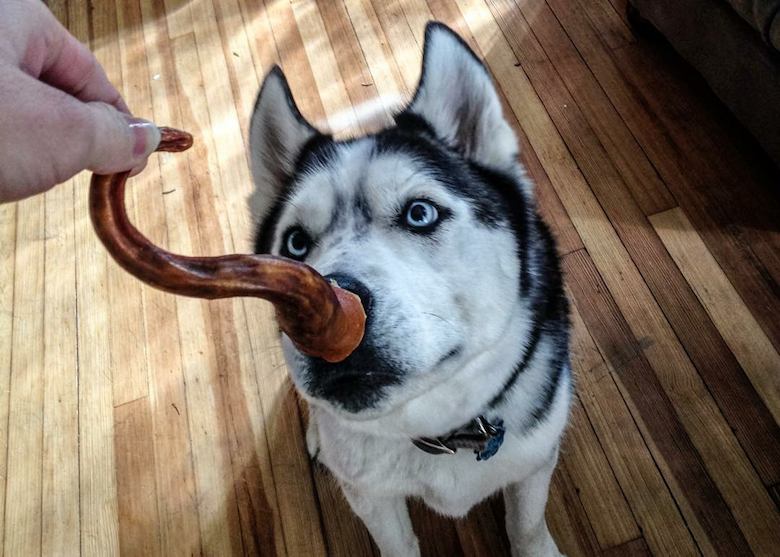
Beef liver, heart and tongue might night be your first choices from your neighborhood butcher shop but some Fleishers Craft Butchery customers can’t get enough of them.
“I have not seen a dog that doesn’t go absolutely bananas for raw dog food. There’s something instinctual about them wanting it,” CEO Ryan Fibiger said.
Since 2009, the craft butchery with locations in New York City, the Hudson Valley and Fairfield County, CT has made raw dog food in its stores from animal products that have traditionally been hard to sell.
“It started as a way for us to use the whole animal more efficiently and be as sustainable as possible Fibiger said. “It’s actually somewhat common in the whole animal butchery business.”

Of course the whole animal butchery is somewhat uncommon these days at least to most consumers. Decades ago Americans routinely bought meat at neighborhood butcher shops and, if we believe my grandmother, some of them routinely bought beef tongue and it wasn’t for their dogs. She rolled her eyes and muttered something about people my age spending too much on their pets when I asked.
Neighborhood butcher shops disappeared as supermarkets and their cases of pre-cut, already packaged meat grew in popularity, but Fleishers is at the forefront of a movement to bring the neighborhood butcher shop back for more modern times. They partner with small farmers to source the meat that eventually ends up in their network of shops, paying attention to the way the animals are raised and treated, they’ve created a butcher training program to grow the industry and aspire to be as sustainable as possible so it makes sense they want to use the whole animal. Chances are slim, however, that I’ll be ordering beef tongue (sorry grandma) for myself anytime soon. It seems I’m not alone.

“It really helps move certain things,” Fibiger said of the raw dog food. “Most of our mixes use the offal—liver, heart and tongue.”
The team worked with vets to craft the different dog food recipes but the mixes also developed somewhat holistically based on what sells in Fleishers different shops and what customers wanted in it.
New Yorkers aren’t interested in beef liver, tongue, heart or trim and so the raw dog food you would purchase in the city is all lean and organ meat from grass-fed and pasture-raised cattle. In the Hudson Valley, the raw dog food mix normally also includes chicken liver and heart and in Fairfield County the pooches get some spinach and carrots thrown in to their mix.
Fibiger has fed the raw dog food to his foxhound for the past five years and while he makes it clear he’s not a vet believes his dog has more energy, a healthier coat and even better breathe.
“I really didn’t expect the better breathe until I took him to a vet and they mentioned it can be one of the effects,” Fibiger said.
If that alone was enough to make you think about getting some for your dog keep in mind that pet owners do have to supplement the raw dog food with a carbohydrate component such as regular kibble. Think of the raw dog food as paleo for dogs. They should eat 2-3% of their body weight per day but will need some additional nutrients.
Fleishers now goes through several hundred pounds of raw dog food a week and while it’s hard for the company to tell how much waste the dog food is offsetting there’s no doubt that it’s become a valuable part of the business.



